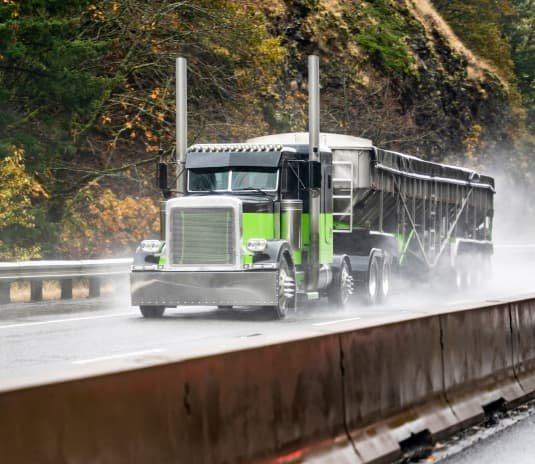Regulatory Compliance: Ensuring Tripod Turnstiles Meet Safety Standards
In today’s evolving regulatory landscape, organizations must prioritize compliance with safety standards to maintain a secure environment and protect people’s well-being. This holds true for tripod turnstiles, which serve as critical components of access control systems. This article explores the importance of regulatory compliance for tripod turnstiles and highlights key safety standards that organizations must consider to ensure the safety and security of their facilities.
- Understanding Safety Standards:
Tripod turnstiles must adhere to specific safety standards to ensure their proper functioning and mitigate potential risks. Common safety standards include the International Electrotechnical Commission (IEC) standards, particularly IEC 61010-1 for electrical safety and IEC 60947 for durability and reliability. These standards set guidelines for design, construction, testing, and certification, and compliance with these standards ensures that tripod turnstiles are safe to use and perform reliably.
- Access Control Guidelines:
In addition to safety standards, organizations should also consider specific access control guidelines provided by regulatory bodies. These guidelines may vary depending on the type of facility and the industry in which it operates. For example, in high-security environments such as airports or government buildings, turnstiles may need to comply with specific regulations related to screening procedures, access levels, and anti-tailgating measures. Familiarizing oneself with these guidelines is essential to ensure compliance and effective access control management.
- Emergency Egress:
Regulatory compliance for tripod turnstiles also involves considering emergency egress requirements. In the event of an emergency evacuation, it is crucial that individuals can quickly and safely exit the premises. Turnstiles should be designed to allow for rapid egress, either by automatically unlocking or providing a fail-safe mechanism. Compliance with emergency egress standards, such as NFPA 101 or local building codes, ensures that tripod turnstiles do not impede the evacuation process and facilitate a safe exit for individuals.
- ADA Compliance:
To promote accessibility and inclusivity, organizations must also consider compliance with the Americans with Disabilities Act (ADA). Tripod turnstiles should be designed with features that enable individuals with disabilities or limited mobility to access the facility seamlessly. This may involve incorporating wider turnstile lanes, wheelchair-accessible gates, or providing alternative methods of entry for individuals who cannot physically operate the turnstile. Adhering to ADA guidelines ensures that all individuals can navigate the access control system with ease and without discrimination.
- Data Privacy and Security:
In an increasingly digital world, regulatory compliance for tripod turnstile extends beyond physical safety. Organizations must also prioritize data privacy and security when collecting and storing access control data. Compliance with relevant data protection and privacy regulations, such as the General Data Protection Regulation (GDPR), ensures that personal information is securely managed, and individuals’ privacy rights are respected. This may include implementing appropriate security measures, obtaining consent for data collection, and establishing procedures for data retention and access.
- Regular Maintenance and Inspections:
Ensuring regulatory compliance for tripod turnstiles is an ongoing process. Regular maintenance and inspections are essential to identify potential issues, ensure proper functioning, and address any non-compliance. Organizations should establish routine maintenance schedules and conduct periodic inspections to assess turnstile condition, safety features, and compliance with standards. Timely repairs or replacements can help maintain regulatory compliance and minimize risks associated with malfunctioning turnstiles.
Conclusion:
Regulatory compliance is vital to ensuring the safety and security of facilities that employ tripod turnstile as part of their access control systems. Adherence to safety standards, access control guidelines, emergency egress requirements, ADA compliance, and data privacy regulations is critical. By prioritizing compliance and staying abreast of evolving regulations, organizations can create a safe and inclusive environment, build trust with stakeholders, and mitigate potential risks associated with non-compliance.







